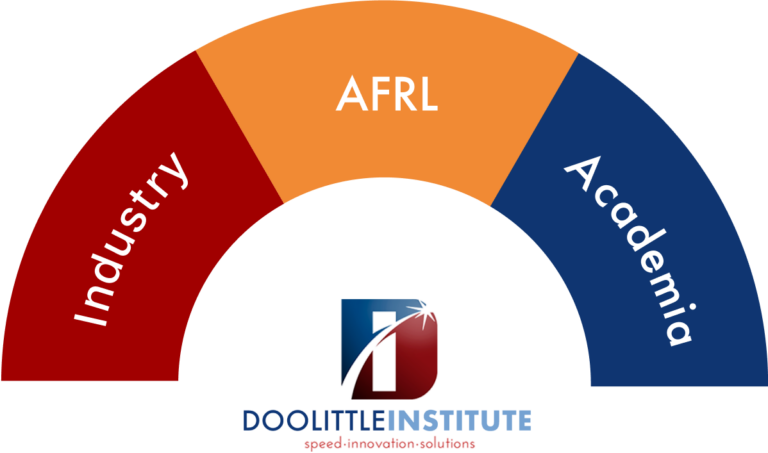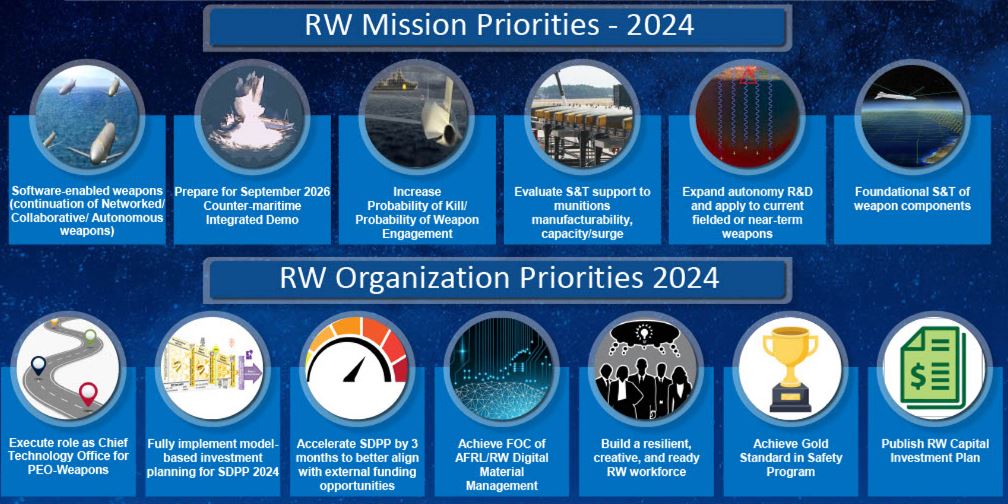Technology Transfer
The Doolittle Institute (DI) is a partnership intermediary that assists the Air Force Research Lab Munitions Directorate (AFRL/RW) with achieving its technology transfer goals. We accomplish our mission through three core activities: engaging with industry and academia to identify potential partners for AFRL/RW researchers, informing industry about AFRL/RW patents that are available for licensing, and organizing networking and brainstorming events to connect AFRL/RW with industry and academia. To guide these activities, DI focuses its efforts on the AFRL/RW Director’s Strategic Guidance and the Broad Agency Announcements released by AFRL/RW. To learn more about these inputs, review the information provided below.


Rapid Technology Advancement - Using a 3-year lens
Technology Transfer Mechanisms
Below are some of the agreements that enable industry and academia to interact with AFRL/RW.
Patent License Agreement (PLA)
Cooperative Research & Development Agreement (CRADA)
Educational Partnership Agreement (EPA)
Commercial Test Agreement (CTA)